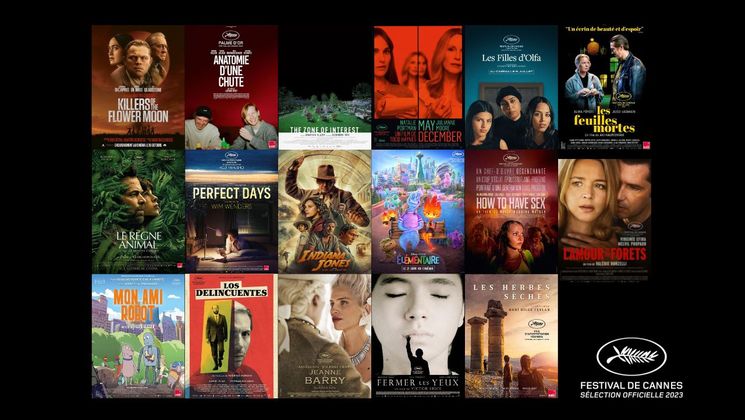
One-Eyed Jacks, two faces of Marlon Brando

Film historian Patrick Brion, the creator and host of Cinéma de Minuit on France 3, raises several points on the great western One-Eyed Jacks (1961), the only film directed by Marlon Brando, screened in Cannes Classics. Brando as actor-turned-director plays brilliantly on the long shots, in the same way as certain Japanese films of the same period.
An actor's film
Its release coincided with a period when actors had greater freedom of action, as the major studios did not hold them under contract. And some of them, under the influence of their agents, chose to invest financially and to direct films. An example is Clint Eastwood who later on managed to film Bird instead of making just another western in a long series of westerns. They were also free to change directors, as Kirk Douglas did when he chose Stanley Kubrick to direct his production of Spartacus. In this sense, One-Eyed Jacks is a typical actor's film (directed by an actor), and a masochistic one at that, because for an actor, tragedy offers more scope than comedy.
Marlon Brando as director
Sam Peckinpah penned an initial script inspired by the myth of Billy the Kid, but Brando refused to play this protagonist. So Brando contacted Stanley Kubrick.
Kubrick turned down Peckinpah's script because he thought Billy the Kid was not a hero, but a killer. And he had two conditions: he wanted Spencer Tracy to play the second role. But Brando had already promised the role to a friend and so he turned Kubrick down. The actor, who already had a production company, launched his project and finally decided to direct the film himself, in addition to playing the lead role.
On set
From that point, he took over the filming. He shot six times more film than planned and the film was eight hours long! Then it was cut to 4:30 hours, to 3 hours and finally to 1:41, which is the definitive version screened at Cannes Classics. The filming lasted six months instead of twelve weeks and it went way over the planned budget: from two to six million dollars!


